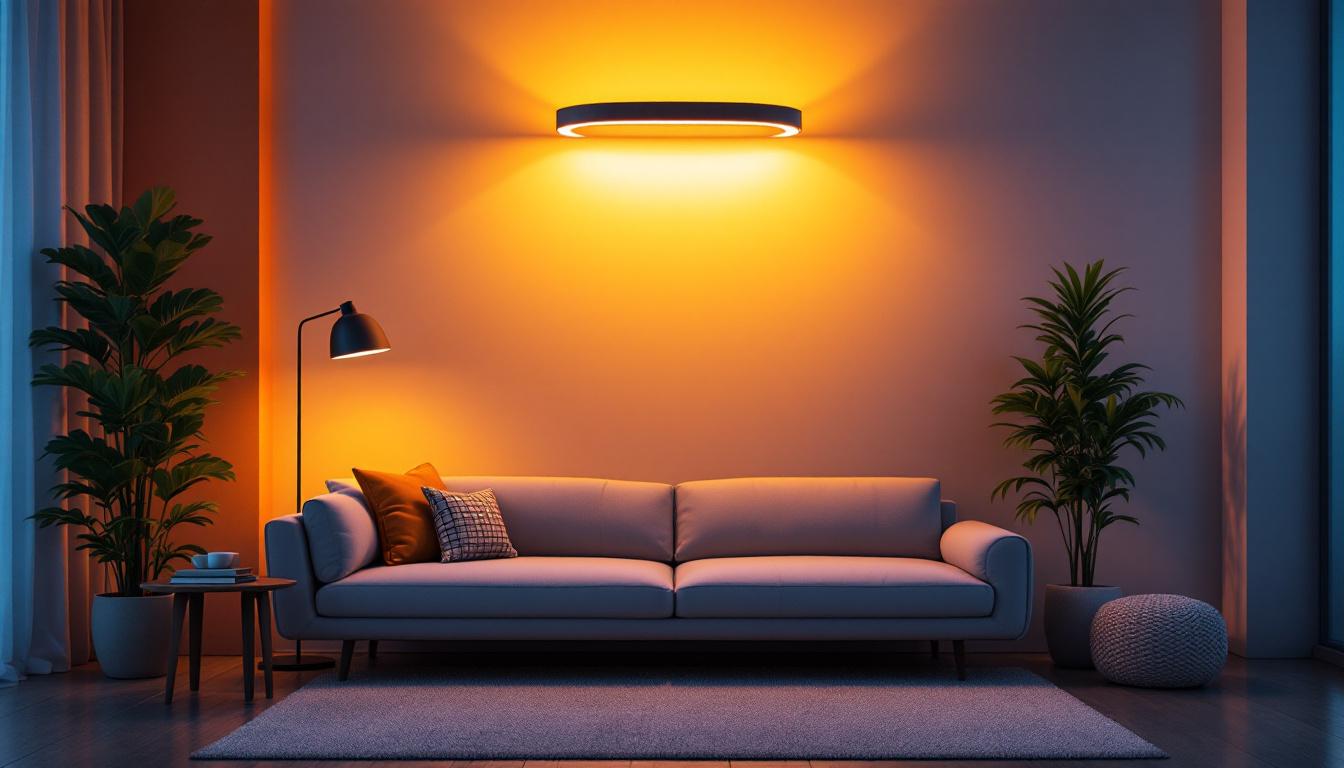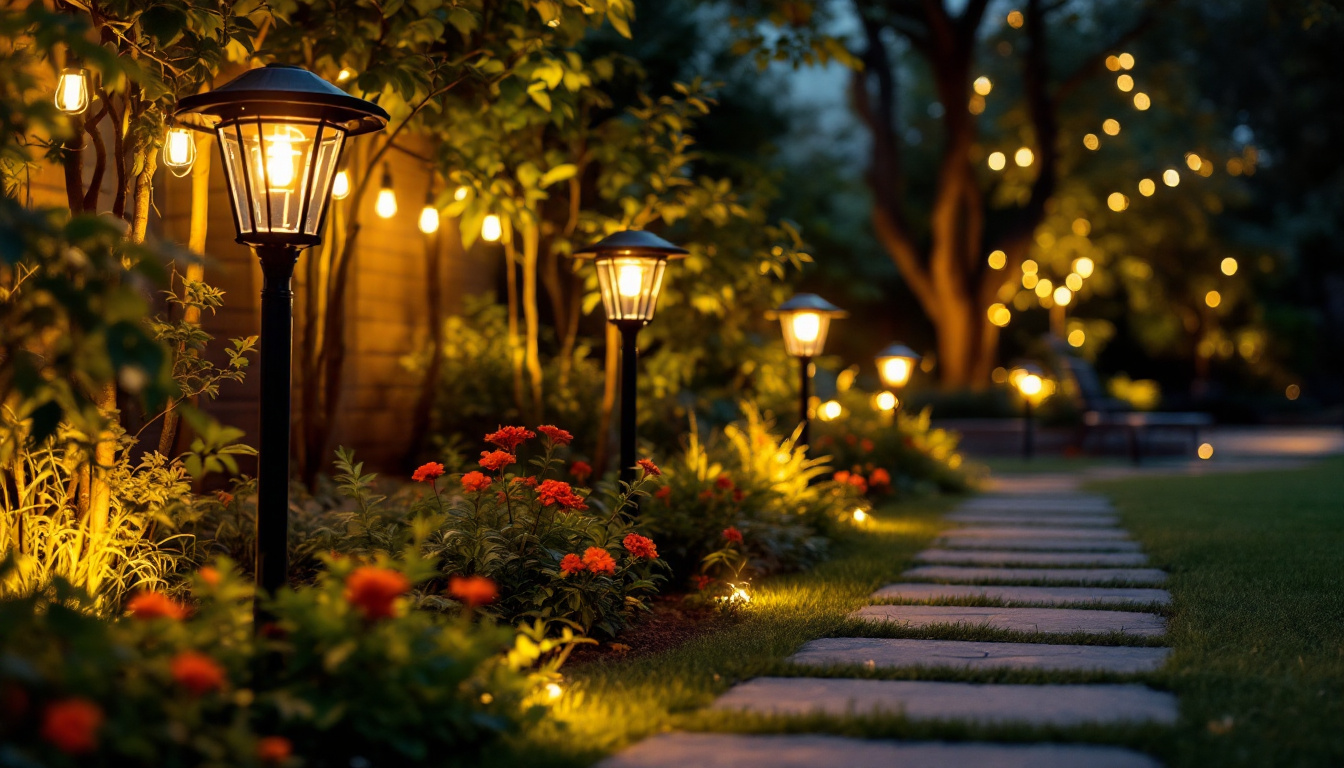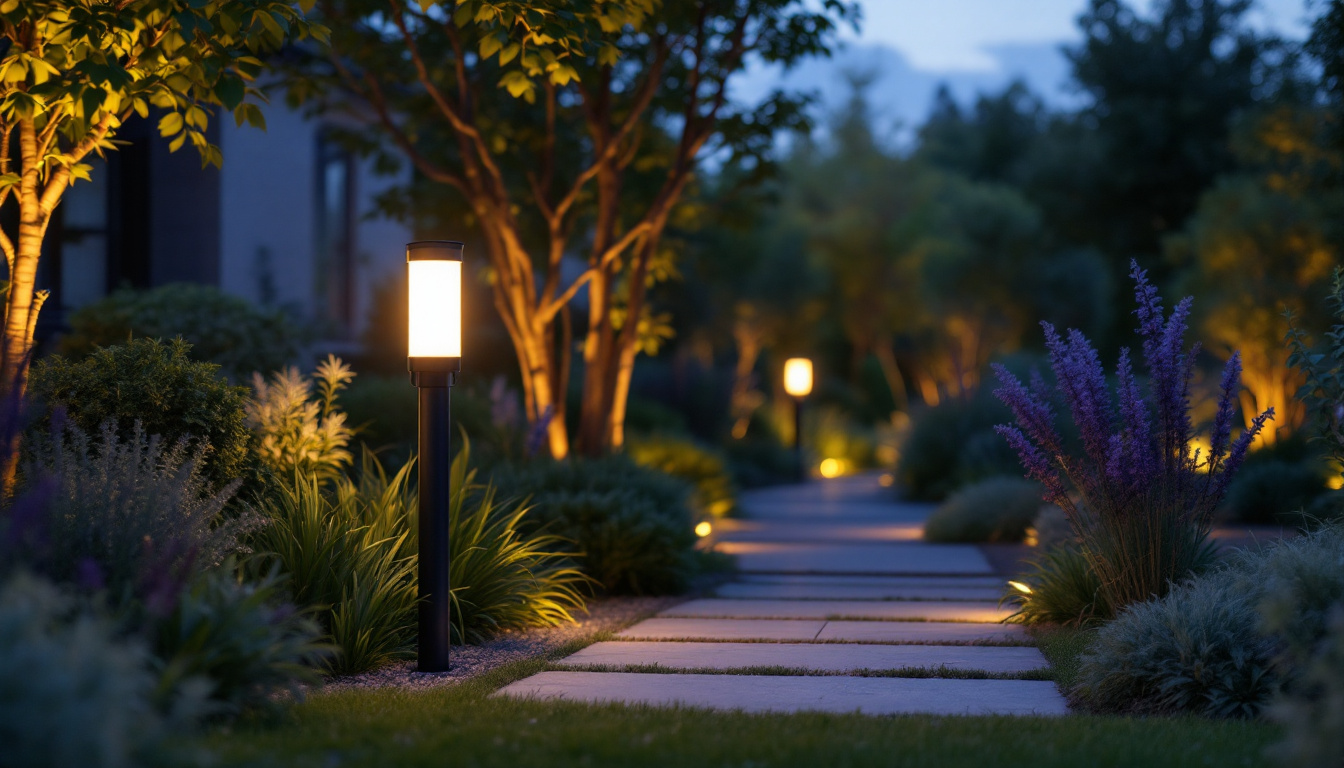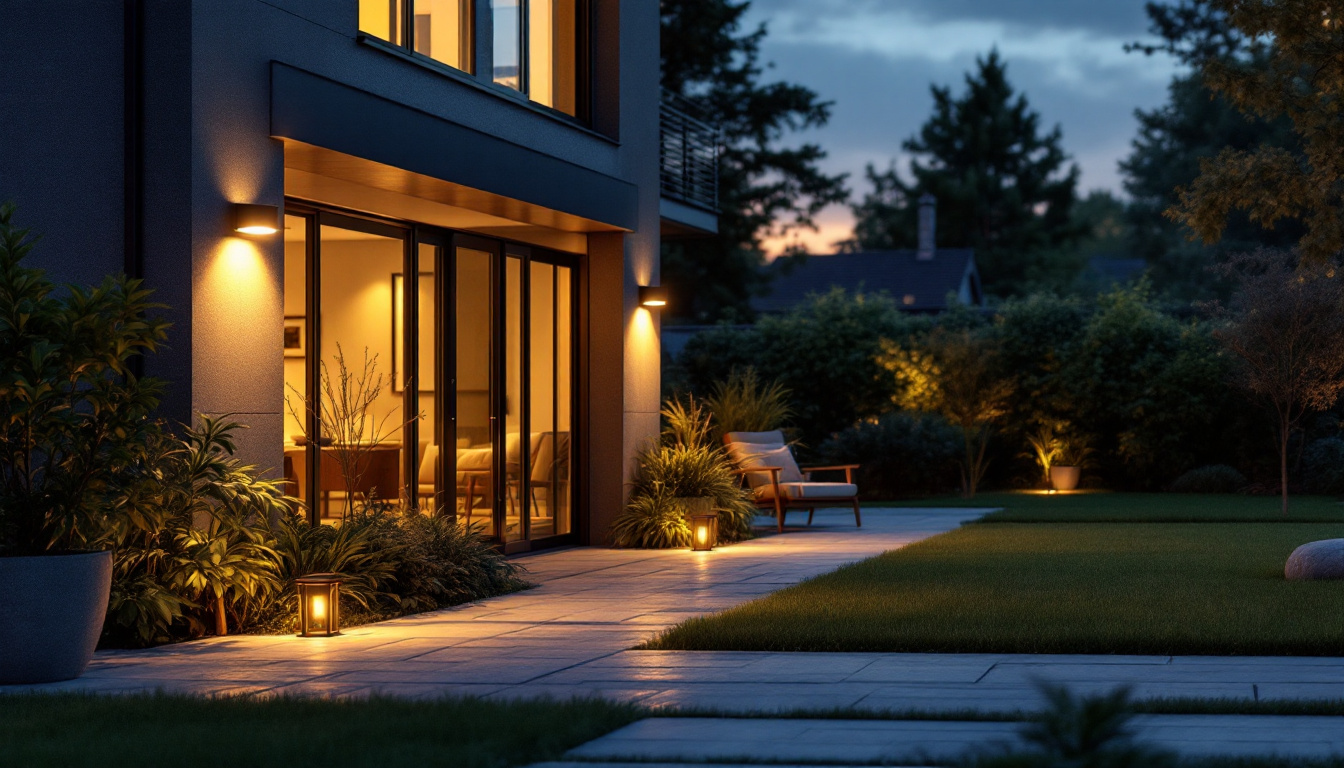
In the ever-evolving world of lighting design, LED tape lights have emerged as a versatile and cost-effective solution for both residential and commercial applications. For lighting contractors, understanding the ins and outs of these products is crucial to delivering quality installations that meet client expectations while maximizing profitability. This checklist serves as a comprehensive guide to help lighting contractors navigate the selection, installation, and maintenance of cheap LED tape lights.
LED tape lights, also known as LED strip lights, are flexible circuit boards populated with light-emitting diodes (LEDs). They come in various lengths and can be cut to fit specific applications, making them ideal for accent lighting, task lighting, and decorative purposes. Their adhesive backing allows for easy installation on various surfaces, providing a seamless look without the need for extensive hardware.
These lights are available in different color temperatures and brightness levels, allowing contractors to tailor their lighting solutions to meet specific client needs. Additionally, the low energy consumption of LED tape lights makes them an attractive option for energy-conscious consumers. With advancements in technology, many LED tape lights now offer features such as dimming capabilities and color-changing options, enabling users to create dynamic lighting scenes that can adapt to different moods or occasions.
One of the primary advantages of LED tape lights is their versatility. They can be installed in a variety of locations, including under cabinets, along staircases, or even in coves and ceilings. This flexibility allows contractors to create unique lighting designs that enhance the overall aesthetic of a space. For instance, using warm white LED tape lights under kitchen cabinets can create a cozy ambiance, while cool white lights can provide bright, focused illumination for cooking tasks.
Moreover, LED tape lights are known for their longevity. With a lifespan of up to 50,000 hours, they significantly reduce the need for frequent replacements, which can save both time and money for contractors and clients alike. The low heat output also minimizes the risk of overheating, making them a safer choice for various applications. In addition to their practical benefits, LED tape lights can also contribute to energy savings, as they consume significantly less power compared to traditional incandescent or fluorescent lighting. This not only lowers electricity bills but also reduces the overall carbon footprint of a home or business, aligning with sustainable building practices.
When selecting cheap LED tape lights, it’s essential to strike a balance between quality and affordability. While lower-priced options may seem attractive, they can often compromise on performance and durability. Look for products that offer a good lumen output per watt, ensuring that the lights will provide adequate brightness without excessive energy consumption. Additionally, it’s wise to read reviews and seek recommendations from industry professionals who have firsthand experience with different brands. This can help identify products that not only meet budgetary constraints but also deliver reliable performance over time.
Additionally, consider the warranty offered by the manufacturer. A longer warranty period often indicates a higher level of confidence in the product’s quality. This can provide peace of mind for contractors and their clients, knowing that they are investing in a reliable lighting solution. Furthermore, it’s beneficial to explore the availability of replacement parts and customer support services. A manufacturer that stands behind their product with responsive customer service can make a significant difference in the overall satisfaction with the purchase.
LED tape lights come in various color temperatures, typically measured in Kelvin (K). Warmer tones (around 2700K-3000K) create a cozy atmosphere, while cooler tones (4000K-5000K) are more suitable for task-oriented spaces. Understanding the intended use of the lighting will help contractors select the appropriate color temperature for their projects. For instance, in residential settings, warmer tones are often preferred in living rooms and bedrooms to foster relaxation, while cooler tones are ideal for kitchens and workspaces where clarity and focus are paramount.
Brightness is another critical factor to consider. The brightness of LED tape lights is measured in lumens. Contractors should calculate the total lumens required for the space to ensure that the lighting will be effective. This involves considering the size of the area, the height of the ceiling, and the presence of natural light sources. Additionally, it may be helpful to experiment with dimmable options, which allow for flexibility in brightness levels. This can enhance the functionality of the space, providing the ability to adjust lighting according to different activities or moods, ultimately leading to a more versatile and enjoyable environment.
Before installation, thorough planning is essential. Contractors should assess the installation site, taking note of the surface materials and any potential obstacles. This assessment will inform decisions regarding adhesive backing, mounting methods, and power supply requirements.
Additionally, creating a detailed layout plan can help visualize the final result. This plan should include the placement of the tape lights, power sources, and any necessary connectors or controllers. Proper planning can prevent costly mistakes and ensure a smooth installation process.
Having the right tools on hand is crucial for a successful installation. Basic tools typically include a measuring tape, scissors for cutting the tape lights, and a soldering iron for connecting segments if necessary. Depending on the specific project, additional tools such as wire strippers, a multimeter for testing voltage, and a heat gun for bending the tape may also be required.
Contractors should also consider the power supply needed for the LED tape lights. Ensure that the power supply matches the voltage and wattage requirements of the lights being installed. Using an inadequate power supply can lead to dim lighting or even damage to the lights.
The most straightforward method of installing LED tape lights is through adhesive mounting. Most LED tape lights come with a strong adhesive backing that allows them to stick directly to clean, dry surfaces. Before applying, it’s crucial to clean the surface thoroughly to ensure maximum adhesion.
For added security, especially in high-traffic areas or where the lights may be exposed to moisture, consider using additional mounting clips or brackets. These can provide extra support and help prevent the lights from peeling away over time.
In many cases, contractors will need to connect multiple strips of LED tape lights or integrate them with dimmers and controllers. Using connectors can simplify this process, allowing for easy and secure connections between strips. It’s essential to choose connectors that are compatible with the specific LED tape lights being used.
Controllers can offer added functionality, such as dimming capabilities or color-changing options. These features can enhance the user experience and provide clients with greater control over their lighting environment. Ensure that the chosen controller is compatible with the LED tape lights to avoid any operational issues.
While LED tape lights are known for their durability, regular maintenance can help extend their lifespan even further. Dust and dirt can accumulate on the surface of the lights, diminishing brightness and efficiency. Contractors should recommend periodic cleaning using a soft, dry cloth to keep the lights looking their best.
Additionally, checking the connections and power supply regularly can help identify potential issues before they become significant problems. If any flickering or dimming occurs, it may indicate a loose connection or a failing power supply, which should be addressed promptly.
Contractors may encounter various issues during or after the installation of LED tape lights. One common problem is uneven brightness, which can occur if the power supply is inadequate or if there are poor connections between strips. Ensuring that the power supply is correctly rated and that all connections are secure can often resolve this issue.
Another frequent issue is color inconsistency, especially when using multiple strips from different batches. To avoid this, it’s advisable to purchase all required strips from the same manufacturer and batch. If color inconsistency arises, replacing the affected strip with a matching one can help restore uniformity.
For lighting contractors, providing cost-effective solutions is essential for maintaining client satisfaction and securing repeat business. When budgeting for LED tape light projects, it’s important to consider not only the initial cost of materials but also the long-term savings associated with energy efficiency and reduced maintenance.
Offering clients a range of options, from basic to premium LED tape lights, allows them to choose a solution that fits their budget while still achieving their desired aesthetic. Providing clear explanations of the benefits and potential savings can help clients feel more confident in their investment.
As energy costs continue to rise, many clients are seeking energy-efficient lighting solutions. LED tape lights are an excellent choice due to their low energy consumption and long lifespan. Contractors should emphasize these benefits when discussing options with clients, highlighting the potential for reduced electricity bills and a smaller carbon footprint.
Incorporating smart home technology, such as programmable timers and sensors, can further enhance energy efficiency. By educating clients on these options, contractors can position themselves as knowledgeable professionals who prioritize sustainability and cost savings.
Cheap LED tape lights offer a wealth of opportunities for lighting contractors looking to provide innovative and cost-effective solutions to their clients. By understanding the various aspects of these products, from selection to installation and maintenance, contractors can ensure successful outcomes that meet both aesthetic and functional needs.
By following this checklist, contractors can confidently navigate the world of LED tape lights, delivering exceptional results that not only satisfy clients but also enhance their own reputation in the industry. With careful planning, attention to detail, and a commitment to quality, the possibilities for creative lighting design are virtually limitless.
Ready to elevate your lighting projects with the best in LED tape lights? Look no further than LumenWholesale, where we provide contractors with the highest quality, spec-grade lighting products at prices that can’t be beaten. Say goodbye to local distributor markups and hello to our extensive selection that meets rigorous industry standards. With LumenWholesale, you’ll enjoy the convenience of bulk buying with free shipping, ensuring you get premium lighting at the best value — all without hidden fees. Wholesale Lighting at the Best Value is just a click away. Transform your lighting solutions today with LumenWholesale.

Discover how Light B is revolutionizing the lighting industry with its innovative technology and sustainable solutions.

Discover how solar power lights are revolutionizing outdoor lighting projects by providing sustainable, cost-effective, and versatile solutions.

Discover how the Rab 120 Volt Garden Lighting Fixture is revolutionizing outdoor lighting with its innovative design and easy installation.

Discover the top outdoor motion sensor lights that are transforming the industry for lighting contractors.